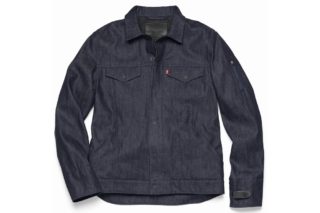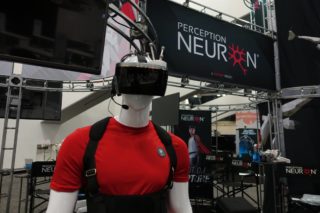A lot has changed since Riot Games first set out to develop League of Legends as a spectator sport. The independent studio, which is now owned by Tencent Holdings, experimented with every aspect of turning a video game into a properly-run international sports league. And Riot continues to tweak things even now as mainstream media outlets cover League Championship Series (LCS) and other eSports leagues on television and online, while non-endemic advertisers begin to tap into the huge online global audiences that follow their favorite teams and players.
The industry is now seeing traditional sports owners from Andy Miller to Mark Cuban, as well as former professional athletes such as Shaquille O’Neal and Rick Fox and current pro athletes such as Alex Rodriguez and Jimmy Rollins, invest in eSports teams. Whalen Rozelle, director of eSports at Riot Games, believes all of this mainstream attention is good for the entire eSports ecosystem—but it’s not changing the way Riot caters to its devoted fan base. Rozelle talks about the growing eSports business in this exclusive interview.
What are your thoughts on Andy Miller, who in addition to being a co-owner of the Sacramento Kings along with Shaq, now owns League of Legends and Counter-Strike: Global Offensive Team NRG? What does that say about eSports that we now have traditional sports owners migrating to owning eSports teams?
It is an affirmation, and a bit of legitimacy and acknowledgement of the success that some of the games have had, whether it’s League of Legends and the foundation that we’ve built with LCS and the regional leagues around the world or CS:GO and the fact that they’ve been very successful with the majors that they’ve had. It is a result of multiple years of education on our part and other publishers’ parts to let people know that this is not a fad, this is not something that’s going away. There is a large generation of sports fans, a new breed of sports fans whose “sports” are the games that they love to play. While there are some potential pitfalls of having so much mainstream media attention at once, in general, it’s a positive thing and will be good for the ecosystem that we’ve built.
How do you see having traditional sports athletes like Shaq, Alex Rodriquez, and Jimmy Rollins involved in eSports impacting that broader audience that still doesn’t understand eSports?
It’s helping because it’s not necessarily for the existing eSports fans. While existing eSports fans are excited to see figures that they recognize from the mainstream lauding the sport that they love, it’s the people who don’t know about eSports that they reach.
I think that even a better example is someone like Rick Fox, who is able to speak to both audiences as an owner of Echo Fox. He’s been able to articulate both to eSports fans why he’s so passionate about it, but also to the mainstream about why, given his sporting background experience, that eSports called to him as much as a traditional team sport like basketball did. Rick is different than Shaq and A-Rod, who are investors. I do think that for them it’s more affirmation and legitimacy and less that they’ll be necessarily seen as an insider and be able to explain what things are going on. But it’s still a positive overall trend and something we’re excited to see.
One of the reasons A-Rod was brought in according to Andy Miller, was to talk to pro gamers about dealing with the level of pressure in competition.
That’s what catches a lot of the traditional athletes off guard initially. Once they do some of their due diligence they realize that these pros are practicing as a team for 10 to 12 hours a day during their off days, and the level of the commitment that these LCS pros have to getting better and gelling with the team is a very close parallel to what you see in traditional sports. They have rowdy fans around them and they love to see their favorite players and team striving to be the best, and it pulls at the same heart strings as traditional sports. It’s something that calls to the same emotions and is the reason why we think that eSports is something that’s here today because in essence it’s the exact same thing as an official sport. We’re just playing video games.
How does having media companies like Yahoo and ESPN jumping on the eSports bandwagon impact the industry?
That’s actually less of a cause and more of an effect of what’s happening. By having ESPN and Yahoo covering this, that is a reflection of the fact that people are now educated on the value and the eyeballs and the momentum behind League of Legends eSports and other eSports out there. It’s certainly going to help because when we talk about bringing in non-endemic sponsors, and those teams being able to secure new revenue streams, it’s only going to help when they’re able to go on ESPN.com and see League of Legends and eSports be all over the front page. Ultimately, that’s a really positive thing.
What has been the key to the success League of Legends has had in eSports?
We can boil it down to three core principles: focusing on consistency, on creating a cohesive experience and also creating a sport with a broadcast experience that’s high quality. Those are the three core colors of what has led us to make the decisions that we’ve made for LCS in Season 2, when we moved from a sporadic tournament model with a lot of third parties to one exclusive consistent league where pros and teams are playing every week so fans can experience their favorite players.
Consistency has been important in having regularly scheduled matches in each region that fans know they can tune into just like they know every Sunday they can watch football in the United States. In terms of the cohesive experience, the key fundamental was about lowering the barriers to entry, getting rid of some of the paywalls and some of the other policies that turned off eSports fans in the past. It’s about making it easier for fans to approach the game and the sport by creating great videos with storytelling around our pros and trying to create the emotional connections that tie fans to players. And finally on the high quality experience—it was really about ensuring that we created the experience that matched the passion of eSports fans. We didn’t create that passion, but we were able to recognize it and realize that these sports fans deserve something that rivals traditional sports. Through doing appropriate recruiting and bringing in people who not only had high craft skills but understood that authenticity and empathy and being true to a core that made eSports great, we’re able to make these investments and put a high quality experience on the “field” week in and week out.
What are your thoughts on the future of eSports?
We want to always challenge ourselves to be better week-over-week, month-over-month, year-over-year. We’ve learned a lot from traditional sports and we’ve taken a lot of examples from them. Some have worked really well, but some haven’t. We’ve learned from it in either way, but we also think that we should continue to challenge ourselves and continue to innovate, and never settle for what we’re doing now.
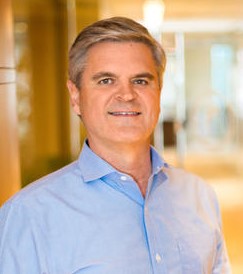 What similarities do you see with companies laying the groundwork for virtual reality social interactions to the early days of the Internet?
What similarities do you see with companies laying the groundwork for virtual reality social interactions to the early days of the Internet?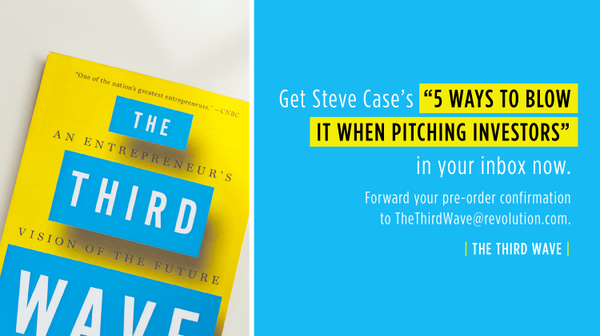
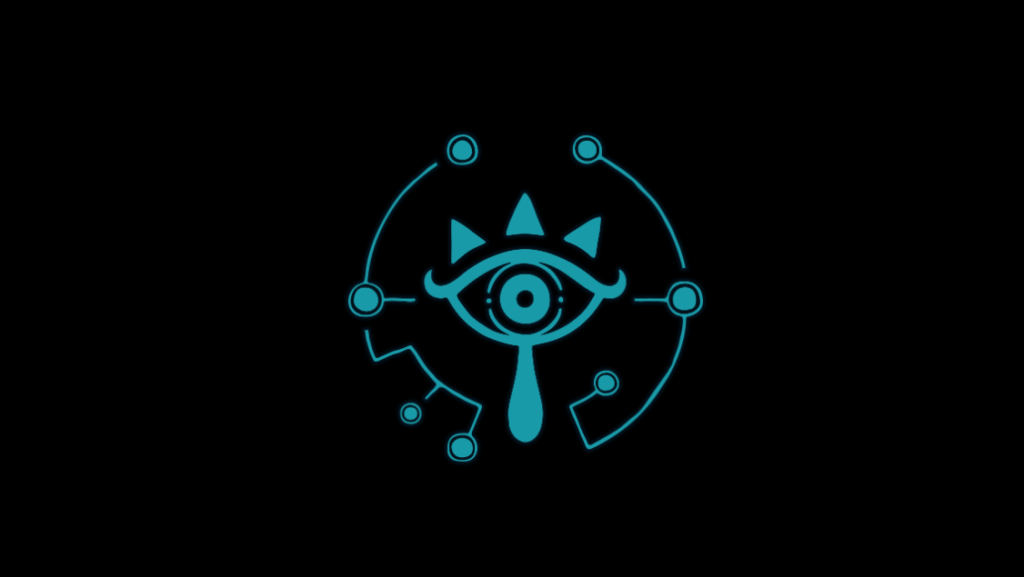
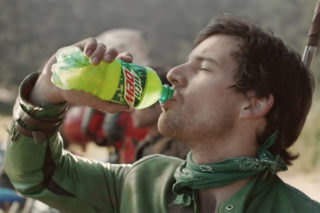 Mountain Dew’s
Mountain Dew’s 

